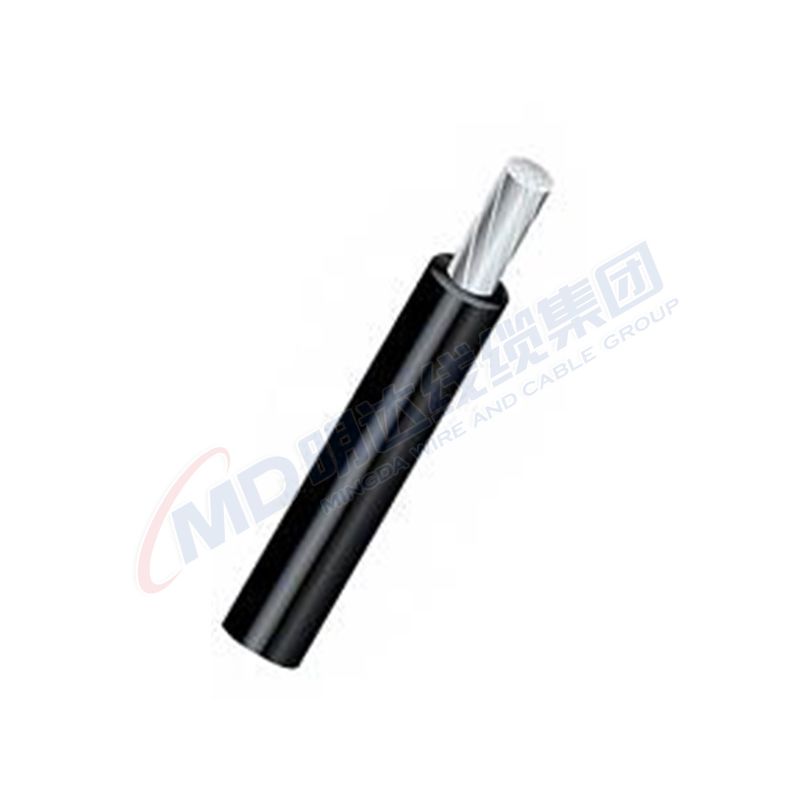11 月 . 04, 2024 00:37 Back to list
air release valve
Understanding Air Release Valves Essential Components for Fluid Systems
Air release valves play a crucial role in various fluid systems, particularly in pipelines and irrigation systems. As the name suggests, these valves are designed to release trapped air that may accumulate in the pipeline, ensuring efficient and uninterrupted flow of fluids, whether it’s water, oil, or other liquids.
When a liquid is transported through a pipeline, air can become trapped due to changes in pressure or velocity. This trapped air can lead to a phenomenon known as air locking, which can obstruct the flow and reduce the system's efficiency. Air release valves are specifically engineered to minimize this problem. They are strategically installed at high points in the piping system where air is likely to collect.
The operation of an air release valve is relatively straightforward. The valve typically consists of a main body, a float mechanism, and a discharge outlet. When air accumulates in the pipeline, the pressure inside the valve decreases, causing the float to lower. This action opens the valve, allowing the trapped air to escape. Once the air is released, the float rises, closing the valve and preventing any liquid from leaking out.
air release valve

The benefits of using air release valves are manifold
. First, they help maintain hydraulic balance within the system, which is essential for reducing the risk of pipe bursts and improving the overall lifespan of the infrastructure. Second, by preventing air locks, these valves enhance operational efficiency and help maintain a consistent flow rate, which is vital for applications such as irrigation, fire protection, and industrial processes.Moreover, air release valves are not only critical for pipeline systems but also play a vital role in water distribution networks, wastewater treatment plants, and even in hydronic heating systems. Choosing the right air release valve depends on various factors, including the type of fluid, system pressure, and the specific application.
In summary, air release valves are indispensable components in fluid transportation systems, ensuring the smooth and efficient movement of liquids. By effectively managing trapped air, they significantly enhance system performance and reliability. As technology advances, the design and functionality of these valves continue to evolve, promoting safer and more efficient fluid management practices. Understanding their importance can help engineers and operators implement better maintenance strategies, thus safeguarding the integrity of fluid systems in the long run.
Share
-
Understanding the Differences Between Wafer Type Butterfly Valve and Lugged Butterfly ValveNewsOct.25,2024
-
The Efficiency of Wafer Type Butterfly Valve and Lugged Butterfly ValveNewsOct.25,2024
-
The Ultimate Guide to Industrial Swing Check Valve: Performance, Installation, and MaintenanceNewsOct.25,2024
-
Superior Performance with Industrial Swing Check Valve: The Essential Valve for Any SystemNewsOct.25,2024
-
Industrial Swing Check Valve: The Ideal Solution for Flow ControlNewsOct.25,2024
-
You Need to Know About Industrial Swing Check Valve: Functionality, Scope, and PerformanceNewsOct.25,2024